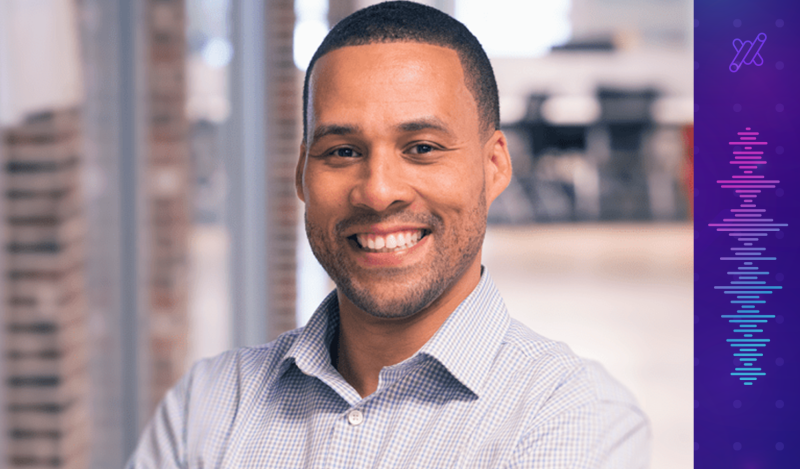Description
Disruption often leads to innovation. With stay-at-home orders in place for many parts of the world, businesses and communities have turned to live streaming as a conduit to reach their customers. Rudy J. Ellis, founder and CEO of Switchboard Live, joins the Unobstructed podcast to discuss how organizations can leverage live video to share their content, engage with their audiences and generate revenue. He shares his thoughts on how to approach this new initiative, stressing the importance of getting going and then getting better. This is a must-listen for any live events professional that is considering or has recently started live streaming their content.
